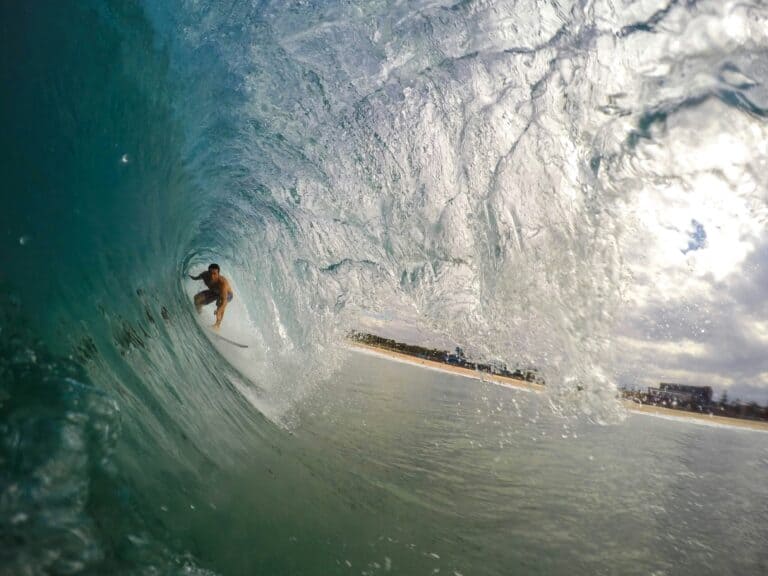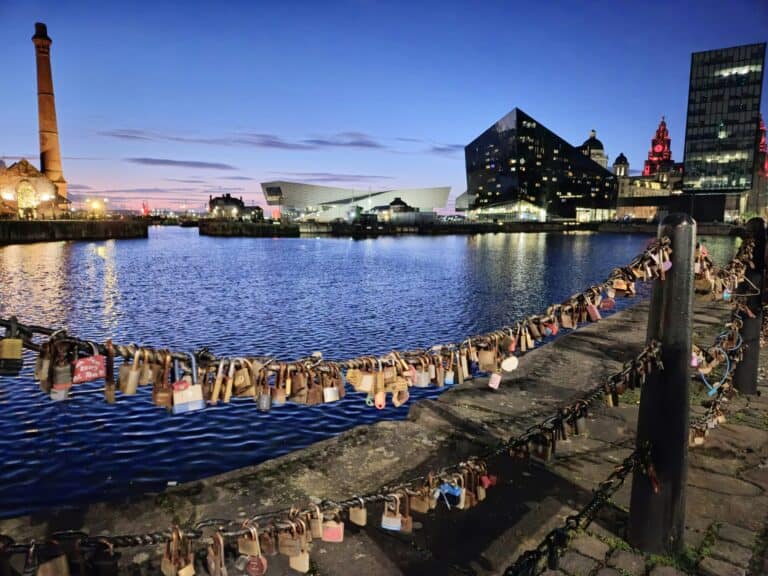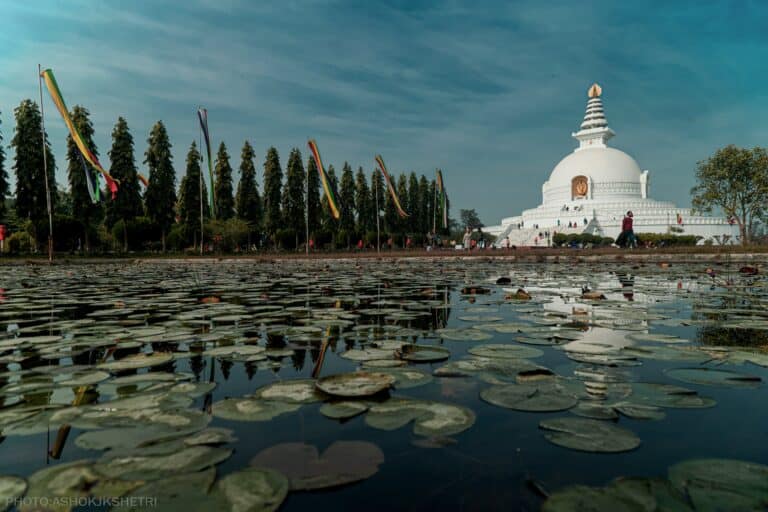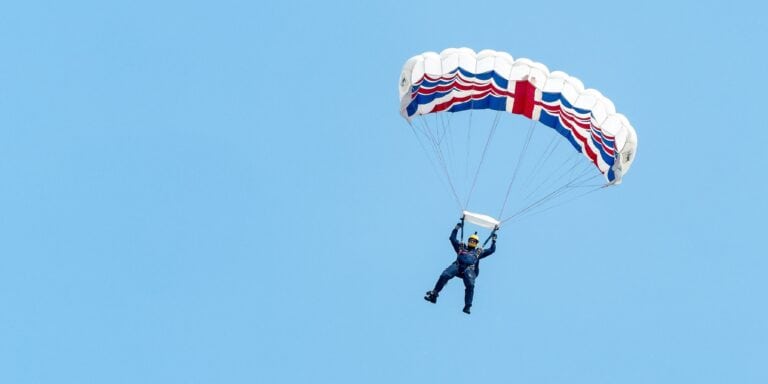Pulling out your camera phone for a quick selfie is one of the simple joys of travelling in the 21st century. What you do next is what counts.
Instantaneous, unpretentious and – crucially – able to be milked for sought-after internet points on Instagram.
What’s not to love?
But tourist selfies are increasingly becoming the battleground for an underlying tussle over how travellers should behave when visiting a country’s most solemn sites.
Whether posing for grinning pics at war memorials or baring too much flesh at sacred monuments, travellers have repeatedly come under fire in recent years for not showing adequate respect to their surroundings.
So, do today’s tourists need to recognise that not everywhere is appropriate for a shirtless ‘YOLO!’ pose to camera? Or do local communities need to loosen up and accept that not all visitors will be a paragon of virtue?
Machu Picchu
Peru’s mountain-top citadel – and one of the most recognisable ancient sites on Earth – attracts more than a million visitors a year, with the vast majority limiting themselves to a steep hike and some jaw-dropping views.
But local authorities have repeatedly been forced to crack down on “nude selfies” and a trend for streaking among the ruins of this Inca site. The situation came to a head in 2016 when an Englishman and a Frenchman were arrested for taking a series of naked photos with the ancient ruins as a backdrop.
And it’s not only the Peruvian Andes where tourists have been keen to disrobe.
Cambodia’s Angkor Archaeological Park – home to world-famous Angkor Wat – has seen similar nude escapades from visitors despite repeated appeals by governing authorities that the site has sacred significance to local people.
In an age of social media outrage, however, perceived perpetrators of cultural insensitivity have often found themselves outed publicly.
Hashtag: backlash
In 2012, an American charity worker visiting Arlington National Cemetery – the burial site of thousands of service men and women as well as several presidents – posed for a “dumb” picture flipping the bird in front of a notice requesting silence and respect.
When the photo – which was uploaded to Facebook – inadvertently went viral, the outrage was immediate. A campaign to see the woman fired drew thousands of supporters as the image quickly spread amongst a community of conservatives, apoplectic with rage at this perceived slight to the military dead.
In Germany, meanwhile, visitors to Berlin’s memorial to Jews murdered in the Holocaust – which consists of more than 2,700 concrete slabs erected in a grid formation in the centre of the city – have not always been known to treat the installation with absolute reverence.
An Israeli artist living in Germany – sick of seeing selfies taken at the memorial featuring cheesy grins, seductive pouts and yoga poses – decided to take matters into his own hands.
In a project entitled “Yolocaust”, Shahak Shapira superimposed images of selfie-taking tourists over horrifying concentration camp pictures of piles of bodies and emaciated prisoners – generating press interest around the world.
YOLO? Respect, bro
So, is public shaming the only solution to tourists who fail to observe a necessary level of reverence for sites such as these?
With more than 10,000 visitors a day to Berlin’s Holocaust memorial, those who seriously overstep the mark are in a tiny minority.
And perhaps mandating exactly how someone should behave – or indeed feel – is somewhat missing the point at a memorial which understandably only commands utmost solemnity in the majority of people.
As a new generation comes of age who have only ever known selfie culture, it would be worth allowing them to make their own mistakes – with or without clothes on.









